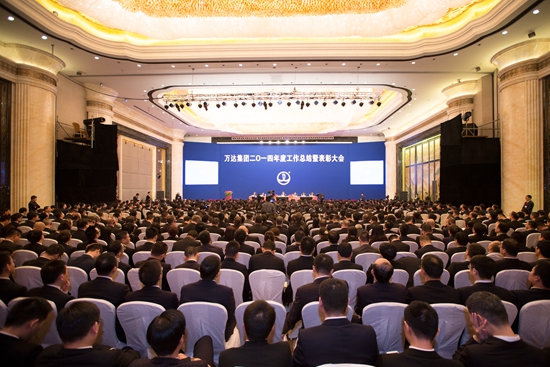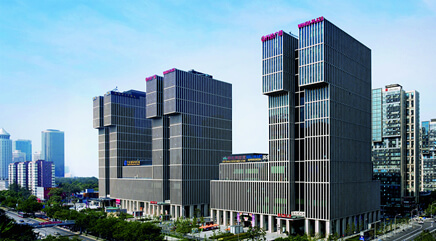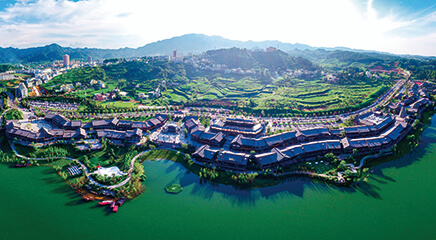Wanda launches new transition efforts by shifting to services
20.01.2015
At Dalian Wanda Group's 2014 annual meeting, in addition to announcing its annual results, its Chairman Wang Jianlin has also expounded on the company's plan for its fourth transition. Compared with the previous three transitions, the fourth transition will be more extensive and far-reaching, and will be an entirely new transition and upgrading effort that represents Wanda's future development direction, said Wang. Through this transition, which involves Wanda Group and its subsidiary Wanda Commercial Properties, the company aims to shift its focus to services business.
Wanda Group's transition will be twofold: a transition from a Chinese company into a multinational company, as well as a transition from a real estate-oriented company into a services-oriented one. It has already announced its goal by 2020: becoming a first-tier multinational company with assets worth Rmb1 trillion, revenue of Rmb600 billion and net profits of Rmb60 billion. It has also fixed two transition targets by 2020: 1) revenue and net profit contribution by its services business exceeding 65%and that by property sales falling to below 35%, and 2) overseas revenue accounting for over 20% of its total revenue. Going forward, Wanda will adopt a new development model for its real estate business. It will also accelerate the development of cultural tourism, finance and e-commerce businesses. By 2020, these four business segments will be largely evenly matched, enabling the company to achieve a thorough transition and upgrading.
The transition of Wanda Commercial Properties will be more vigorous and innovative. It will focus on implementation of "asset-light" model. The company used to be asset-heavy, relying on urban complexes and cash flow from property sales to finance its development of "Wanda Plaza". In implementing the "asset-light" strategy, Wanda will only take charge of the designing, construction, leasing, operation, information system and e-commerce of Wanda Plazas that use its brand, while these plazas will be invested and owned by investors. It will be actually a financial investment without property sales, with Wanda and investors sharing the net rental income. This development model will not be significantly affected by either housing price volatility or real estate market cycles. Wanda aims to increase the proportion of net profits from rental income.
Behind Wanda's rapid growth and success in the past two decades are the company's persistent innovation and transition efforts. Each transition has brought the company new strategic opportunities and rapid growth. Wanda made its first transition in 1993 by expanding its presence beyond Dalian City and going nationwide in bid to break through regional limitations and lay a foundation for its ambitious expansion. In its second transition in 2000, the company shifted its focus from residential property to commercial property. Through this transition, Wanda established a new business model that makes Wanda Commercial Properties a top commercial property developer in China and even in the world. It started its third transition in 2006 by expanding aggressively into the cultural and tourism industry, which enabled the company to evolve from a property developer into a conglomerate. The incoming fourth transition will be even more meaningful to Wanda. With the Chinese economy entering the "new normal", the asset-light model will fit better with the state strategy of focusing on expanding domestic demand, and therefore be more favored by local governments and business partners.






